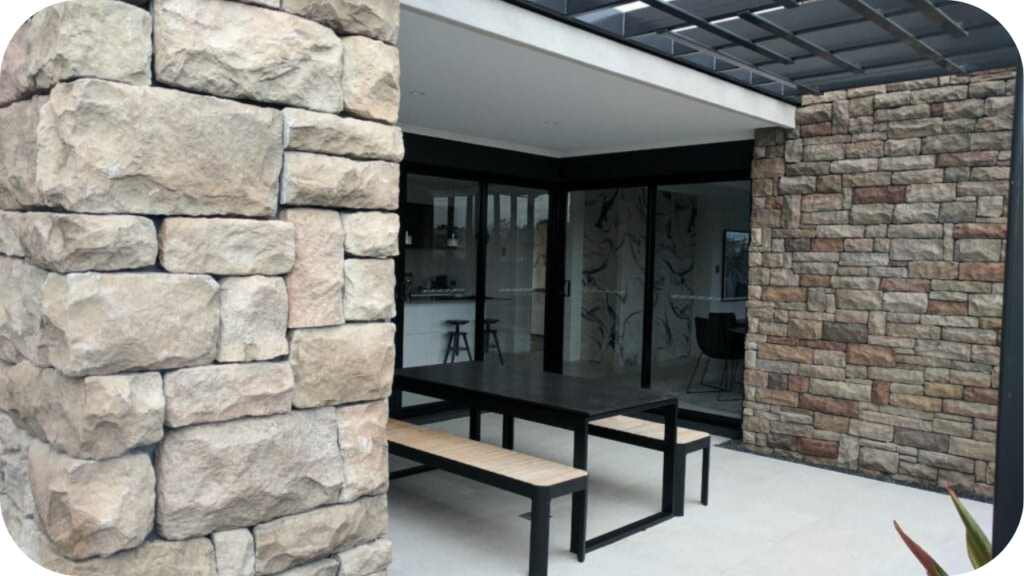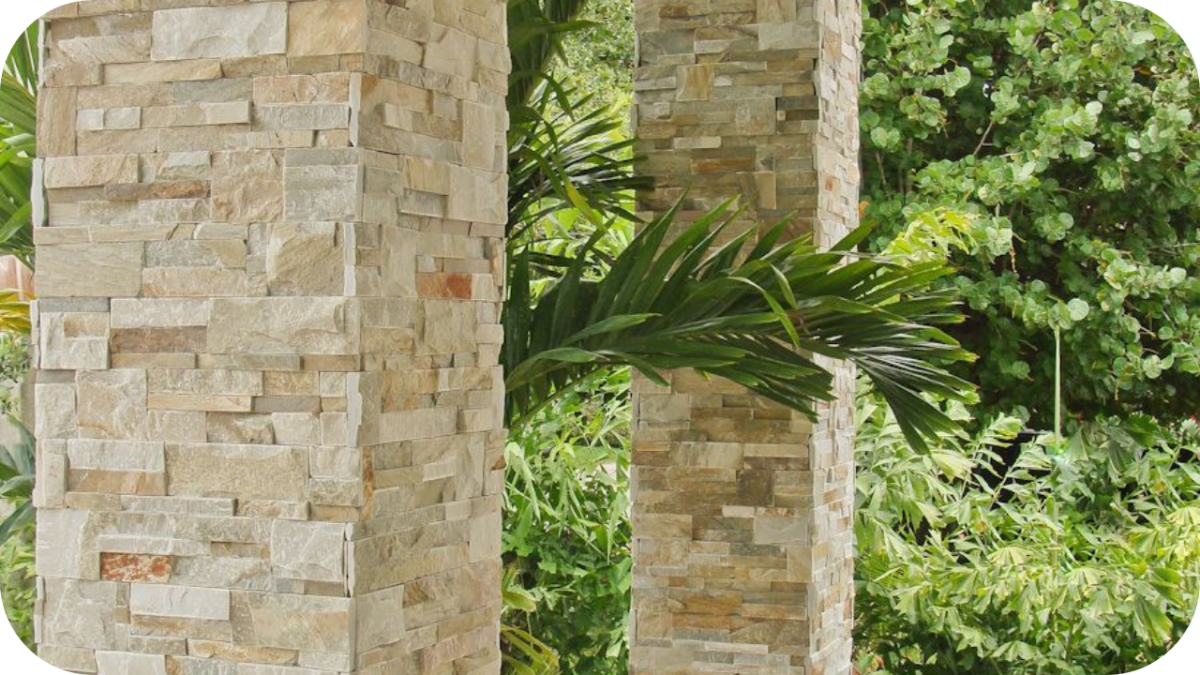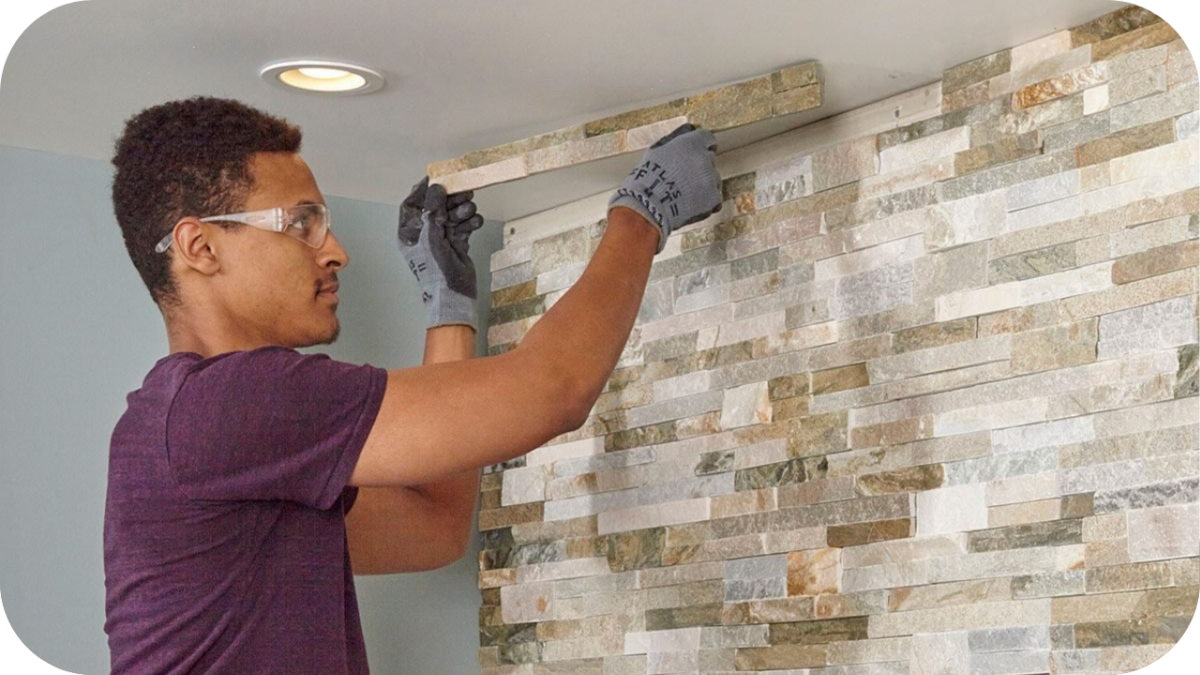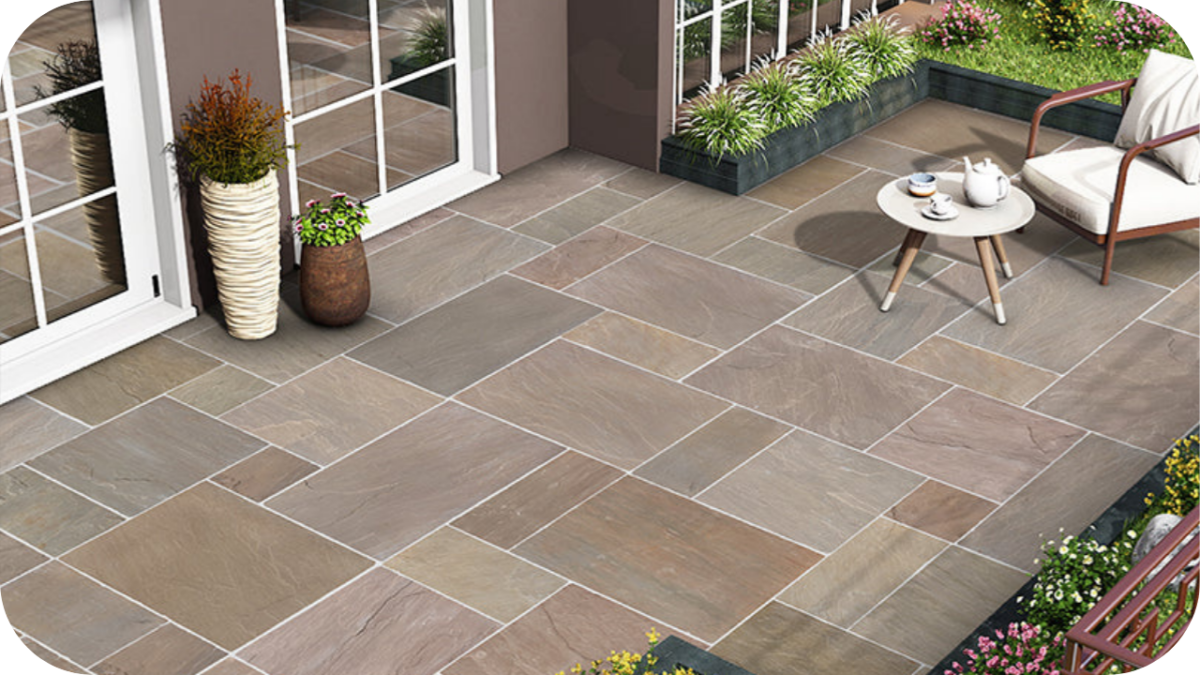Stone Wall Cladding for Pillars: Enhance Your Home’s Street Appeal
Pillars are more than just structural supports. They frame your home, guide visitors, and set the tone for your property’s style.
Cladding them in natural stone not only enhances their strength but transforms them into striking features that instantly elevate street appeal.
Whether you live in a modern build or a classic Australian bungalow, the right stone cladding can provide texture, depth, and timeless charm.
Why Stone Cladding is Perfect for Pillars
Natural stone offers a premium finish that’s both durable and weather-resistant, making it a smart long-term investment for outdoor applications.
When applied to pillars, stone cladding introduces architectural depth, visual texture, and a sense of permanence that instantly enhances your property’s presence. It doesn’t just support your design, it defines it.
Whether you’re aiming for sleek modernity or traditional elegance, natural stone offers the flexibility to suit both. Options like limestone, bluestone, and sandstone are especially well-suited to the Australian climate.
These stones not only resist the elements but also develop attractive character over time. Plus, they coordinate easily with fences, gates, facades, and landscaping features.
Types of Stones for Wall Cladding for Pillars
Each type of natural stone brings its own character to pillar cladding. Whether you’re going for bold and modern or warm and rustic, the right choice can dramatically transform your entrance. Let’s walk through the top options and what makes each one unique.
1. Granite Cladding
Granite pillars offer rugged sophistication with strong colour contrast. Styles like Buffalo and Hotham Granite bring golden-grey elegance. Their durability makes them perfect for entrances that demand both performance and timeless impact.
2. Limestone Cladding
Limestone pillars suit both contemporary and classic facades. Options like Beloka, Jamieson, and Marrakesh Limestone showcase everything from golden highlights to soft creams and deep greys. Their weathered look pairs beautifully with timber, render, or painted brick.
3. Sandstone Cladding
Sandstone’s earthy charm suits country homes and relaxed styles. Varieties such as Charlotte, Roman, Australiana, and Stirling Sandstone offer beige tones, rustic grains, and a handcrafted appeal. These textures add warmth to pillars while keeping the look grounded and natural.
4. Quartz Cladding
Quartz offers a striking mix of soft greys, peaches, and golden tones. Selections such as Shoreham, Blue Ridge, Wyndham, Minas, and Blanco Quartz add colour depth and visual texture to pillars while blending beautifully with landscaped surrounds.
5. Travertine Cladding
Travertine pillars give entrances a serene, resort-inspired elegance. Options like Sorrento, Silver, and Classic Travertine offer creamy, grey, or honey tones in textured rectangular layouts. Their calming colour palette works best with minimalist or Mediterranean-style facades.
Matching Cladding with Your Home’s Exterior
Choosing the right stone cladding for your home’s exterior helps create a seamless and visually striking entrance. Here are key ways to match cladding with your home style.
1. Match Light Stones with Coastal or Modern Homes
Limestone is ideal for homes with coastal, Hamptons-style, or modern design themes. Its light tones reflect sunlight beautifully, creating a clean and airy appearance that works well with white trims, open balconies, and relaxed outdoor spaces.
2. Use Dark Stones for Contemporary Impact
Darker stones like bluestone add a sense of drama and sophistication. They complement sharp architectural lines, steel accents, and minimalist landscaping. These tones provide contrast against lighter walls and help modern facades feel grounded and bold.
3. Choose Warm Neutrals for Traditional Styles
Sandstone offers a classic appeal for heritage, Federation, or country-style homes. Its warm, earthy palette blends effortlessly with red bricks, gabled roofs, and garden borders. It brings timeless warmth without overwhelming the rest of your exterior features.
4. Try Travertine for Versatile Elegance
Travertine works across a wide range of facades, from Mediterranean to transitional designs. Its creamy or soft grey tones bring understated elegance and warmth. It pairs beautifully with timber, wrought iron, or lush landscaping around your front entry.
5. Aim for Overall Design Cohesion
Consider how the stone will interact with nearby features like the driveway, garage, and entry path. Cohesion in materials, tones, and textures will give your home a more polished, intentional look that feels welcoming and well thought out.
Installation Tips for Long-Lasting Results
Installing stone cladding correctly is key to durability and appearance. Here are expert tips to help your pillar cladding stand strong and look sharp for years.
- Plan for longevity: Quality installation prevents issues like cracking or detachment. A well-executed plan ensures your stonework ages gracefully, maintains its structure, and delivers long-term visual appeal with minimal maintenance required.
- Use a professional: Always hire a qualified stonemason with natural stone experience. Their expertise ensures proper bonding, precise alignment, and a durable finish that withstands both weather and daily wear.
- Prep the base: The substrate must be level, clean, and load-bearing. Proper preparation reduces future risks, improves adhesion, and provides a strong, stable base for long-lasting cladding installation.
- Choose the right products: Select high-quality adhesives and breathable sealers compatible with your stone type. The right products protect against moisture, staining, and heat exposure for better resilience outdoors.
- Account for movement: Expansion joints are essential in stonework. They allow for natural movement from thermal or structural shifts, preventing cracks and keeping the cladding securely in place over time.
- Aim for a flawless finish: Wrap cladding around the pillar with precision. Ensure the pattern flows naturally, joints align correctly, and cuts are clean for a seamless, high-end architectural look.
Low Maintenance, High Impact
One of the best things about stone cladding is how little effort it takes to maintain its beauty. Once properly installed and sealed, natural stone pillars require only occasional cleaning to keep them looking their best.
A soft brush and mild detergent are usually all it takes to remove dust and debris. For more porous materials like sandstone and travertine, sealing is highly recommended to protect against stains and weather damage.
These stones also tend to develop a soft, aged patina over time, adding to their rustic charm. With just a few simple upkeep steps, your pillars will stay impressive year-round with minimal fuss.
Create a Cohesive Look Across the Landscape

Stone-clad pillars shouldn’t stand alone. Aim for visual continuity across your entire landscape to elevate your home’s street appeal. Echo the same stone choice in other architectural elements to create a cohesive, well-thought-out exterior.
Matching cladding can be extended to retaining walls, front fencing, planter boxes, garden edging, or even the base of your mailbox. Incorporating the same stone in entrance steps or low feature walls near your front door also helps build unity and balance.
This repetition of material not only ties the space together but also adds a designer touch, making your property feel more intentional, welcoming, and professionally finished.
Final Thoughts
Street appeal starts at the very front of your property, and stone wall cladding for pillars is a surefire way to make a great first impression. With options like limestone, bluestone, sandstone, and travertine, you can find the perfect match for your style and setting.
At Splendour in Stone, we offer high-quality cladding products tailored for the Australian climate and design sensibility. Let your pillars lead the way in elevating your home’s entrance.





